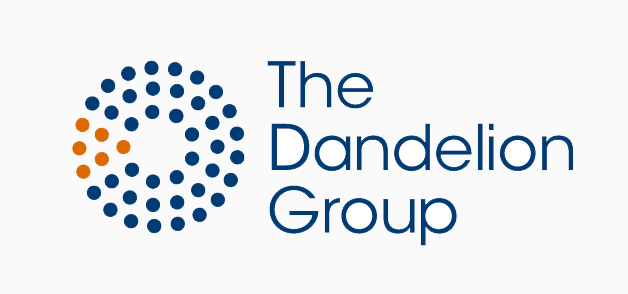Presenting numbers
169 goals, 29 penalties, 9 late winners - Statistics can provide valuable information and enhance your credibility. The question remains whether a fact is good or bad. Present meaningful figures in three steps.
Relate, compare and visualise. The FIFA World Cup dominated sport coverage across the globe over the last month. 47,371 fans on average flocked to 11 Russian stadiums, which is almost as many as people living in Saint-Gilles. 22 penalties were converted, more than in any previous World Cup. If you wonder how to succeed, The Economist published an insightful graphic showing that you should aim high.
How to make the most of numbers
Choose data supporting each of your message.
(e.g. jobs, tonnes of CO2, investments, EBIT, conversion rate)After stating a figure, explain in half a sentence why it is relevant to your audience.
(e.g. at a Board meeting, to a group of visiting students)Reinforce your point and put them into perspective by comparing it to similar cases.
(e.g. previous years, other sectors, local economies)Visualise the message with a chart, timeline, map, flowchart or equation.
(depending on whether you want to answer how much, when, where, how, and why)
Exercise
A Croatian tourism organisation requires your help on creating appealing promo material for Belgian tourists. Building on the information below, develop meaningful figures with relatable content, comparison and illustrations.
Croatia became independent in 1991 and now has a female president.
Croatia is the 127th largest country and claims to have the smallest town in the world.
Croatia has 1,246 islands and more than 2,700 hours of sunshine per year.
A Croatian invented the necktie and another one holds the Guiness record for the biggest truffle ever
Learn the techniques. Boost your confidence. Make your point.
Click here and jump the curve.

